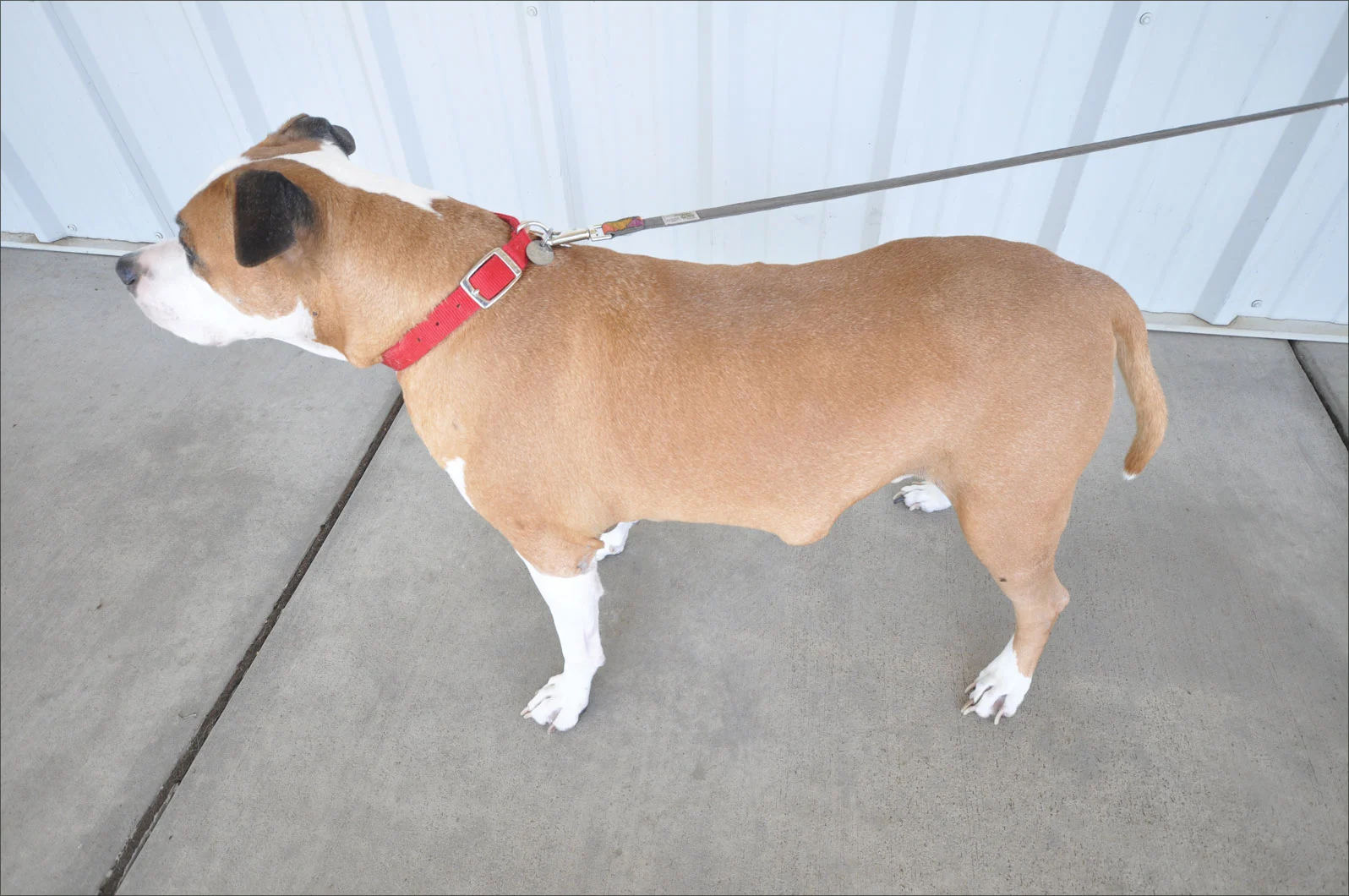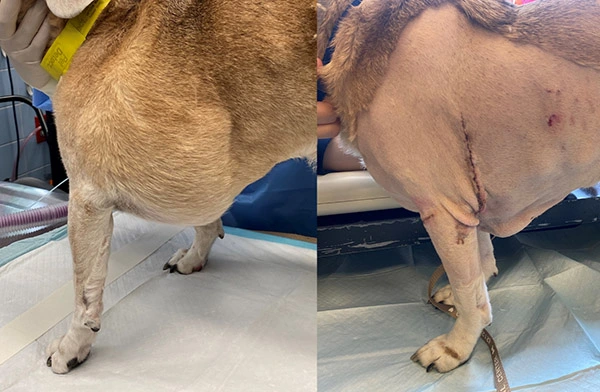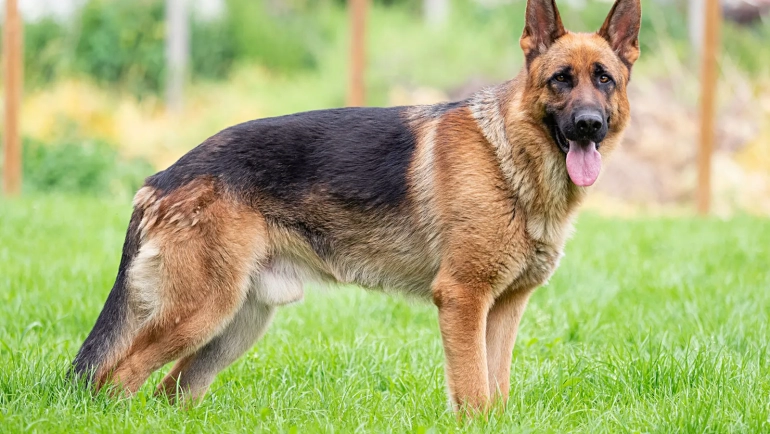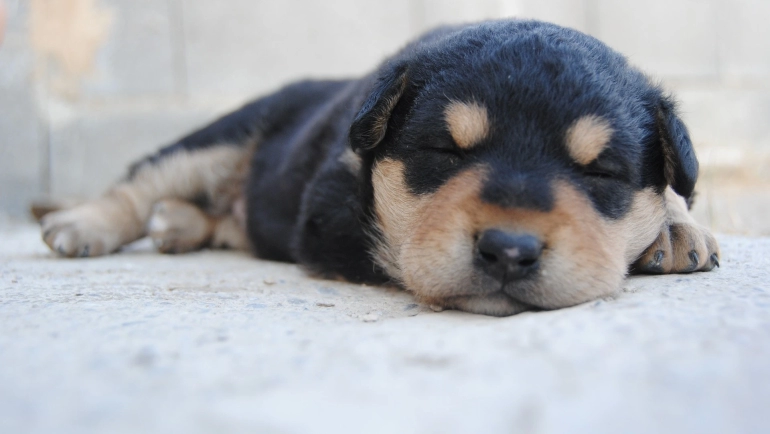117Views

Fat Growth On Dogs (Lipomas): Causes And How To Manage
The discovery of lumps or bumps on our beloved canine companions can be a cause for concern, prompting questions about the nature of these growths.
One common occurrence is the development of fat tumors, also known as lipomas.
In this comprehensive guide, we’ll delve into the intricacies of fat tumors in dogs, exploring their characteristics, potential risks, and effective strategies for managing these benign growths.
Understanding Fat Tumors in Dogs:
What are Lipomas?
Lipomas are non-cancerous, soft tissue masses composed of fat cells that accumulate beneath the skin. While they are generally harmless, their presence can raise concerns for pet owners.
Characteristics of Lipomas:
Fat tumors typically feel soft and movable under the skin, often resembling a soft, rubbery ball. They are usually painless and can be found anywhere on a dog’s body, particularly in areas with more adipose tissue.
Breeds Predisposed to Lipomas:
Certain dog breeds, such as Labrador Retrievers, Doberman Pinschers, and Cocker Spaniels, are more predisposed to developing lipomas. However, these growths can occur in any breed or mixed-breed dog.
Causes and Risk Factors:
The exact cause of lipoma development is not fully understood. However, factors such as genetics, age, and hormonal influences may contribute to their formation.
Distinguishing Lipomas from Other Lumps: While lipomas are generally benign, it’s essential to differentiate them from other, potentially more serious, masses. Veterinary consultation and diagnostic tests, including fine-needle aspirates or biopsies, can help determine the nature of the growth.
Managing Fat Tumors in Dogs:

- Veterinary Assessment: If you discover a lump on your dog, seek prompt veterinary assessment. Your veterinarian will conduct a thorough examination, possibly including imaging tests, to confirm the nature of the mass.
- Monitoring and Measurement: In many cases, veterinarians may recommend a watch-and-wait approach for small, asymptomatic lipomas. Regular monitoring of the size and characteristics of the growth is crucial to detect any changes.
- Surgical Removal: Surgical removal may be considered for lipomas that are causing discomfort, impairing movement, or growing rapidly. While the procedure is generally straightforward, it’s essential to discuss potential risks and benefits with your veterinarian.
- Nutritional Management: Some studies suggest a potential link between diet and the development of lipomas. Discussing your dog’s nutrition with your veterinarian and considering a balanced diet may be beneficial in managing the growth of lipomas.
- Lifestyle Adjustments: Maintaining a healthy lifestyle for your dog, including regular exercise and weight management, may contribute to overall well-being and potentially reduce the likelihood of lipoma development.
At What Age Do Dogs Get Fatty Tumors?
Fatty tumors, or lipomas, can develop in dogs at various ages, but they are more commonly seen in middle-aged to senior dogs. While lipomas can occur at any age, they are most prevalent in dogs aged 6 years and older.
These benign growths tend to become more common as dogs age and may continue to develop throughout their senior years.
Read Also: Decoding 7-Year-Old Dog Behavior
Can A Dog’s Fatty Tumor Be Drained?
Draining a dog’s fatty tumor, also known as a lipoma, is generally not recommended. Lipomas are composed of fat cells and are encapsulated under the skin.
While they are typically benign and don’t tend to spread to other parts of the body, draining them is not a permanent solution and can lead to complications.
Conclusion:
Fat tumors, or lipomas, in dogs can be a source of concern for pet owners, but understanding their characteristics and implementing appropriate management strategies can help navigate this aspect of canine health.
Regular veterinary check-ups, timely assessment of lumps, and open communication with your veterinarian are crucial components of ensuring your dog’s well-being.
With the right knowledge and proactive care, you can provide your furry friend with the best possible quality of life, even in the presence of benign fat tumors.


